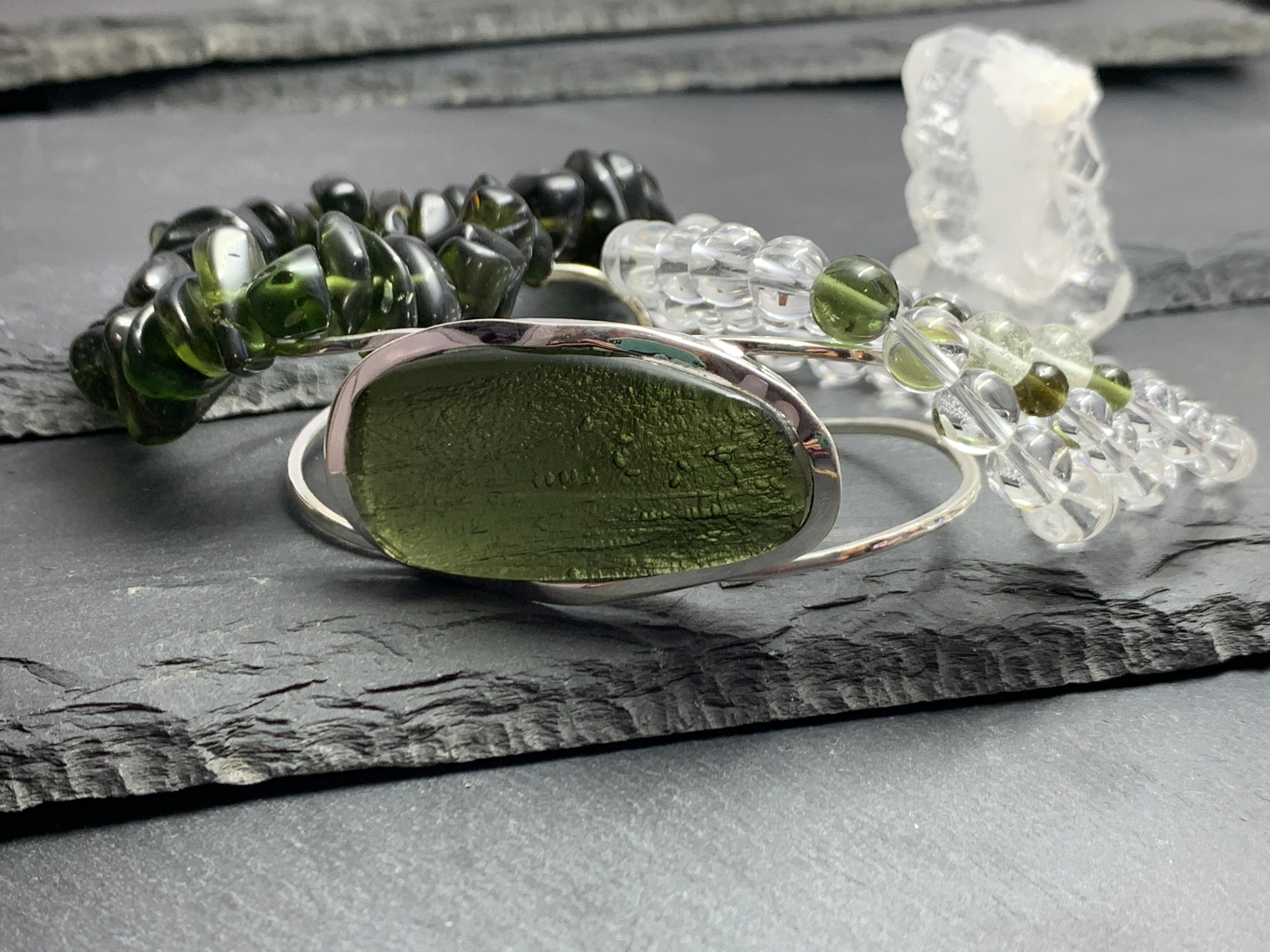
Moldavite
TEARS FROM HEAVEN
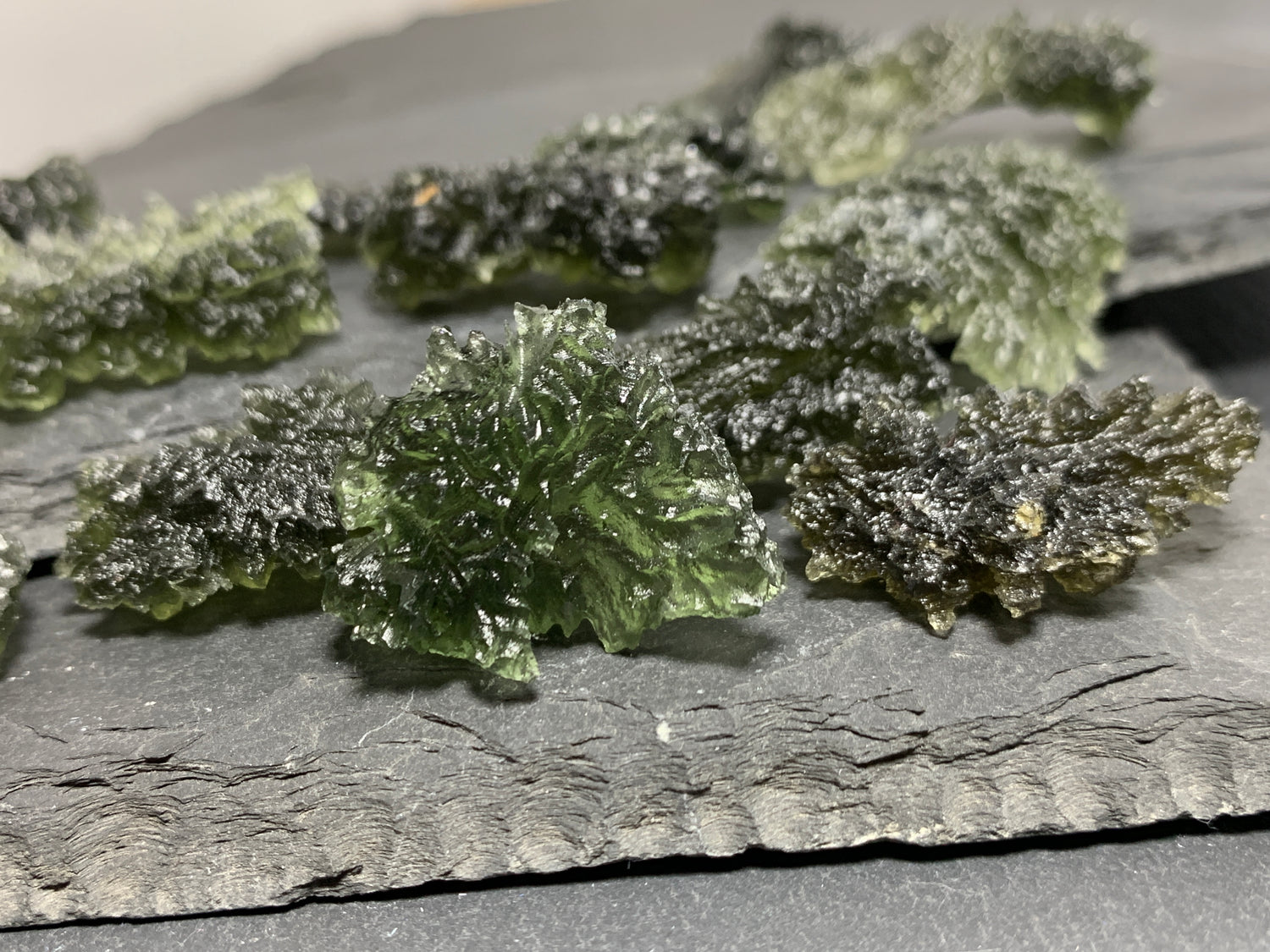
What Is Moldavite?
Moldavite is a member of the Tektite group of natural glasses formed from interplanetary collisions. Nearly 15 million year ago a large meteorite hit the Earth; the high temperature and pressure of the impact created Moldavite.
The name Moldavite (Moldova) is derived from the Vltava River (Moldau), where this rare stone was originally discovered. Moldavite is only found in a few small locations in eastern part of the Czech Republic and neighboring Germany.
Moldavite features many unique characteristics. Viewing a piece of Moldavite in the proper light illuminates the intensity of this mysterious and gorgeous stone. Natural Moldavites often contains small bubbles and hardened strands of silica glass.
Moldavite has an olive-green color that ranges from pale and translucent to varying hues of deep forest green with streaks of brown. The color is determined by the soil composition and chemistry of where the deposit was found.
Bubbles in Moldavite
When Moldavite was formed, gas bubbles were trapped inside, making each gemstone truly unique. Many bubbles are visible to the naked eye, but some can be seen only under the microscope. Size of the bubble ranges within a hundredth of millimeters to a couple of centimeters., but are typically between 0.01mm and 0.9 mm. The shape of the bubbles can be round, spherical, or oblong shape.
Bubble inclusions are often used to tell if a peice of authentic Moldavite is genuine.
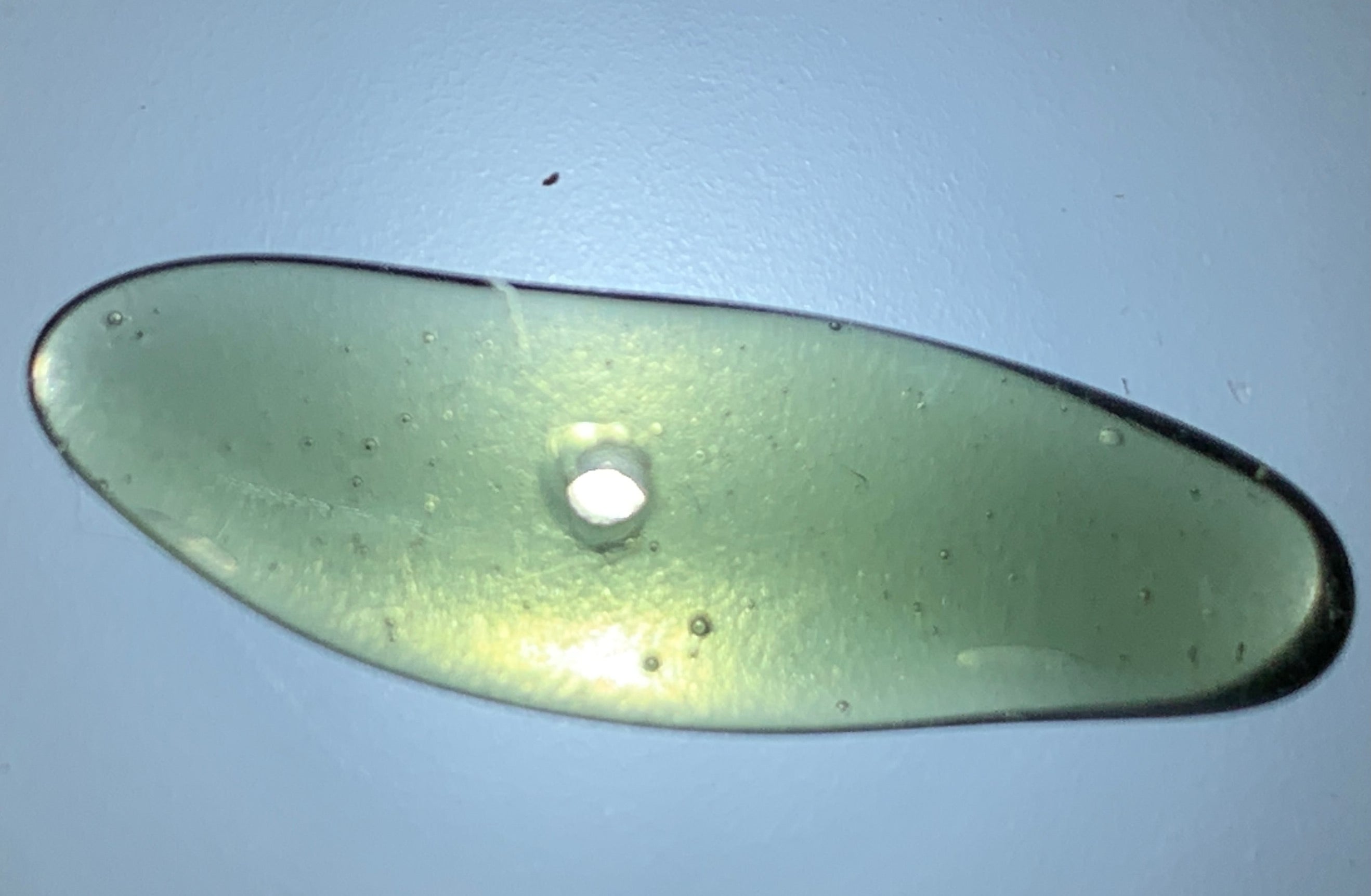
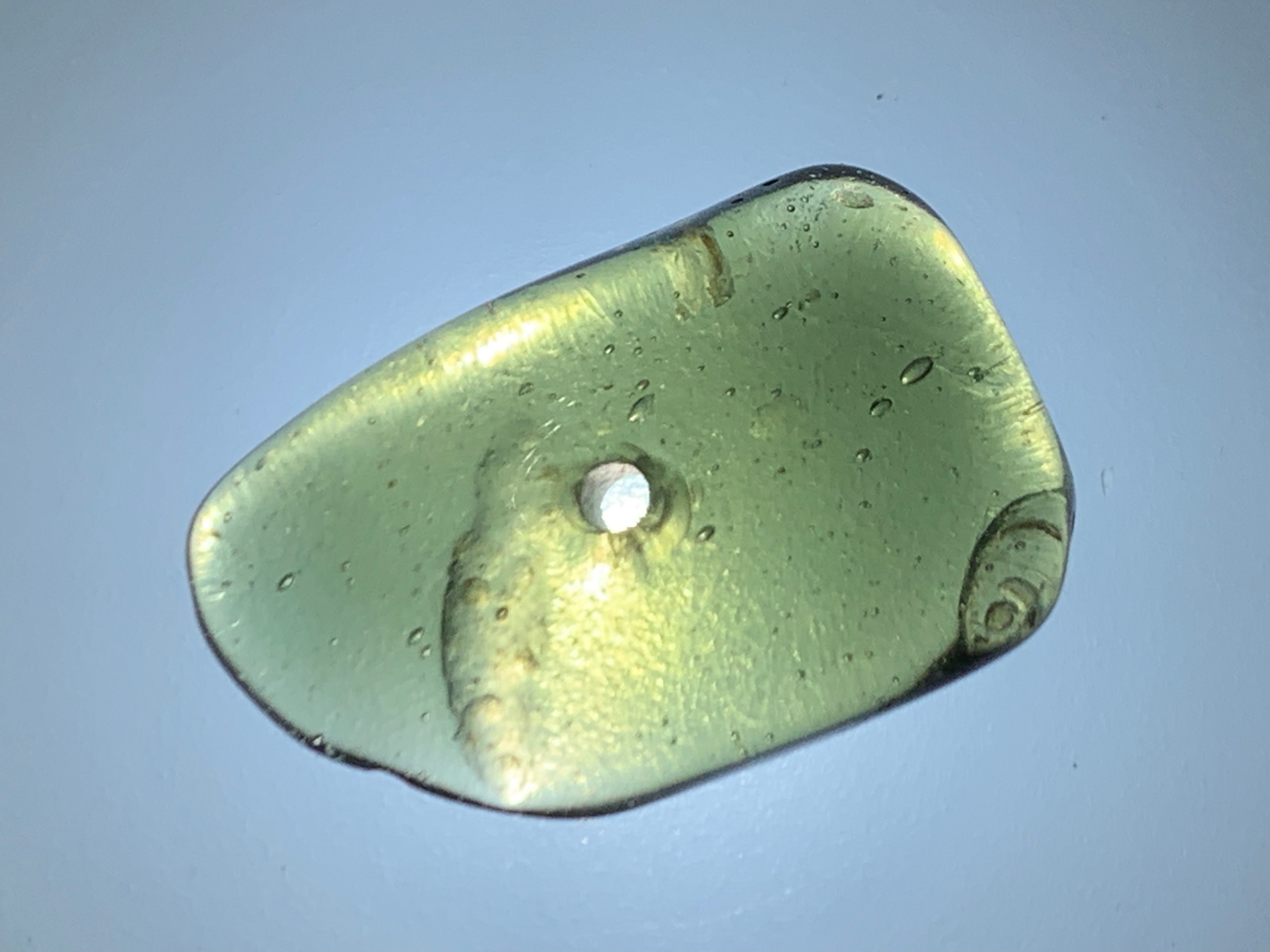
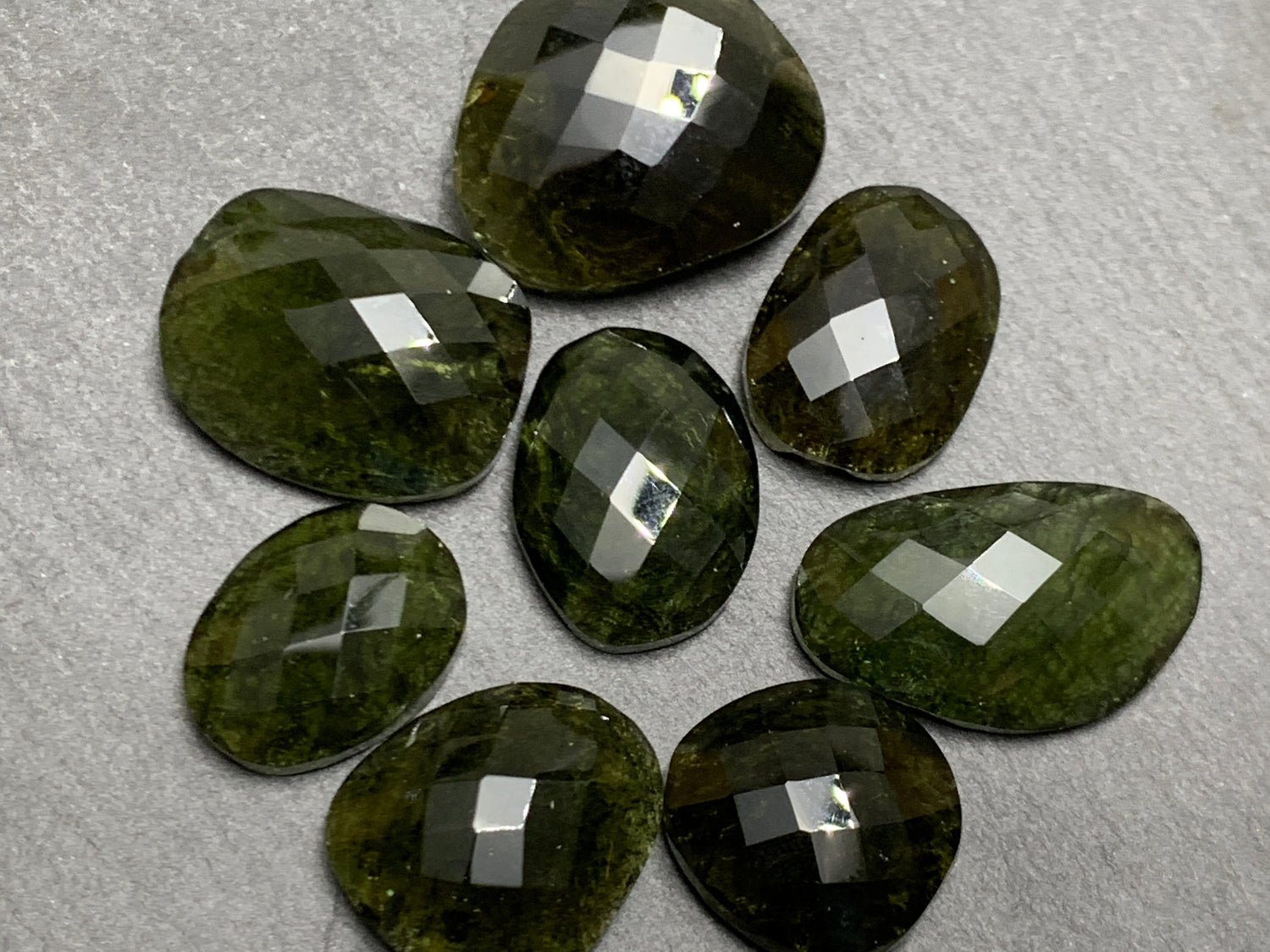
Metaphysical Properties
Moldavite has biggest influence on the heart chakra and third eye (brow) chakras, as well as the crown chakra.
Moldavite in any form increases the depth and clarity of inner journeys, increase energy, suppresses our ego, and cleanses our body and soul. It is a popular stone used to reduce headaches, fatigue and drowsiness, while also strengthening the immune system. Moldavite is often uses for meditation.
For those who are interested in cleaning and charging their new piece of Moldavite. Moldavite can be cleansed with sun or moon light.
My preferred technique is leaving the piece outside on the night of a meteor shower or full moon.
